Watch the sun go down over the Khmer-style tower of the “Temple of Dawn”, one of Bangkok’s most photographed landmarks
Take the short ferry trip across the Chao Phraya River from the Grand Palace Wat Pho to Wat Arun. Its historic significance, intricate design and stunning views make the trip well worth the effort. To get some great photographs, the best time to visit is just as the sun starts to go down. Find a spot on the opposite side of the river and take some great shots of the silhouette of this impressive landmark against the backdrop of the slowly reddening sky.
The original building had humble origins as a simple shrine. In the 18th century, King Taksin declared the site to be the capital and marked this with the building of an ornate temple for the sacred Emerald Buddha statue. When he realised that it was the first building to catch the morning light, he named it the “Temple of Dawn”. “Aruna” is the Indian god of dawn and “wat” means temple. In 1782, King Rama I moved the capital to the other side of the river, taking the statue with him. The Khmer-style towers were added by his two successors in the early 19th century.
The four-cornered pagoda, or “prang” is an architectural representation of mythical Mount Meru, the centre of the world in Buddhist cosmology. Close up, you’ll see the tiny pieces of porcelain and coloured glass that give the roof its shine. Climb part way up the spire steps for a great view across the city. Outside, you’ll find statues of monkeys, demons and incarnations of Buddha. Inside, see the golden Buddha which has King Rama II’s ashes buried at its base.
Wat Arun is one of the few Bangkok highlights on the western side of the river. The temple is open every day and there’s a small charge to get in. Take the ferry from the Tha Tien pier from the Grand Palace. It’s a quick journey and doesn’t cost very much. If you arrive later in the day, stay on the eastern side of the river to watch the sun set behind the temple.





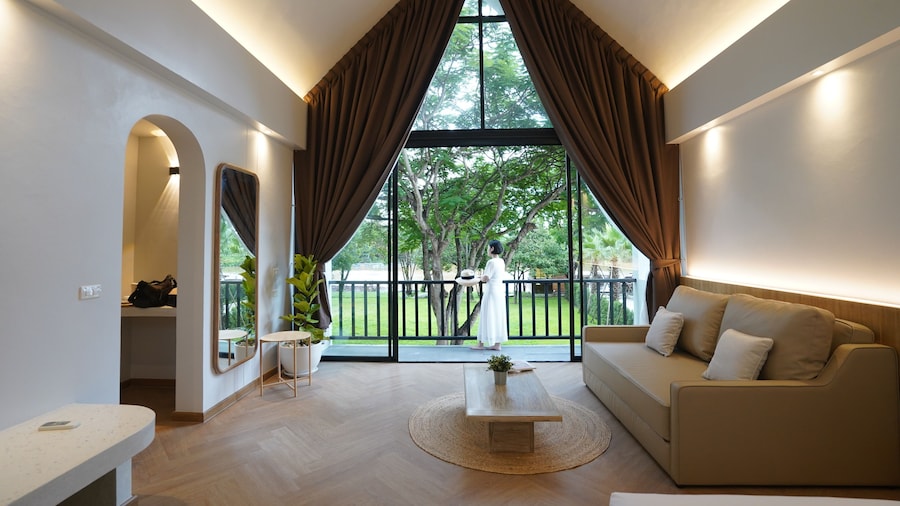
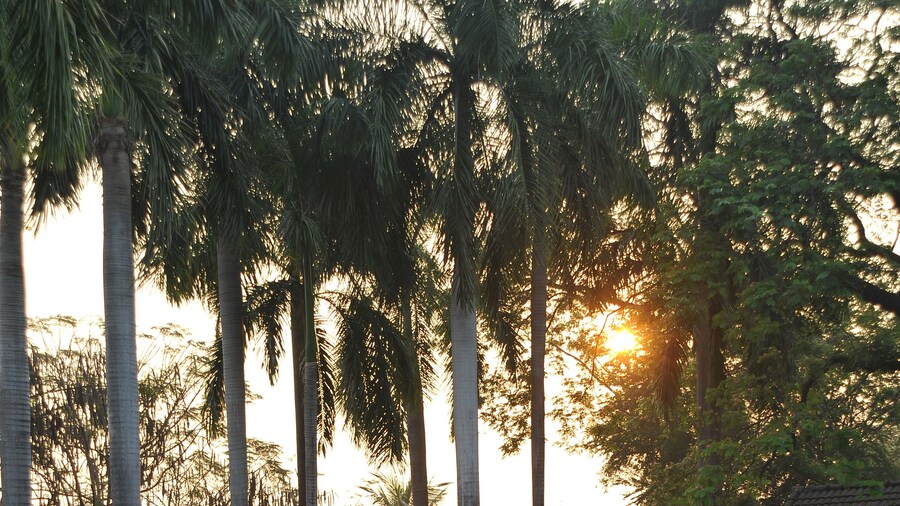
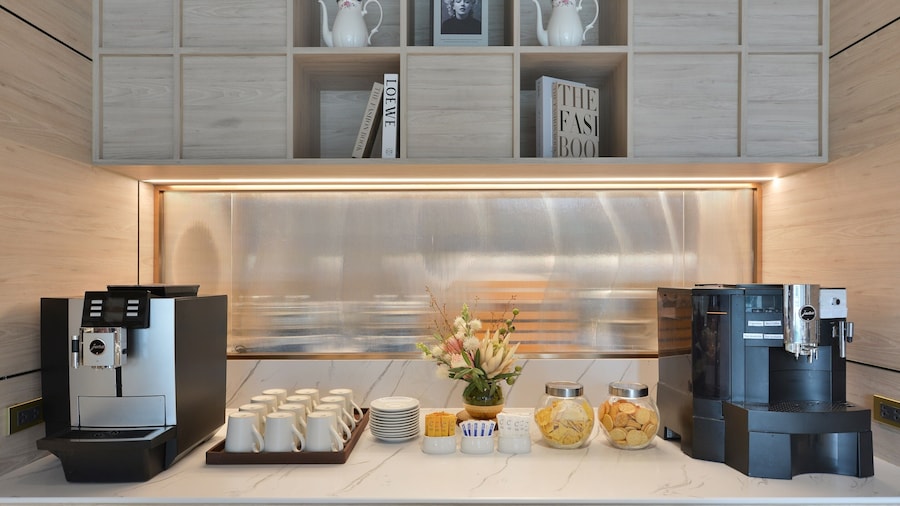
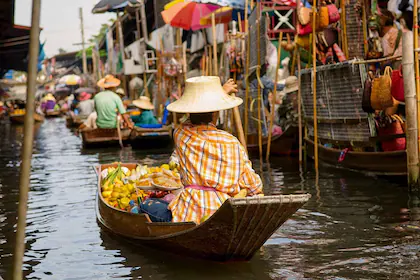



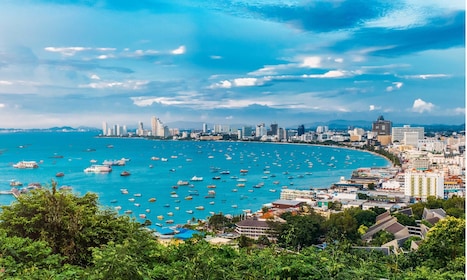


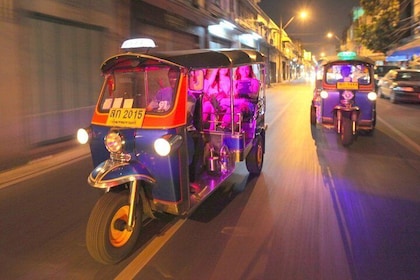
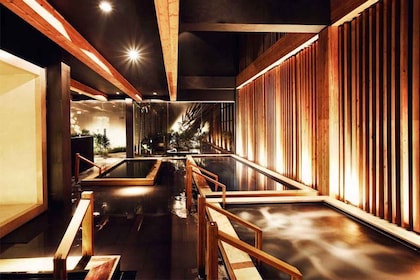



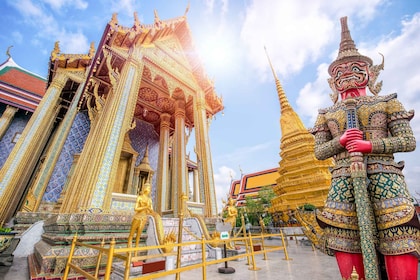






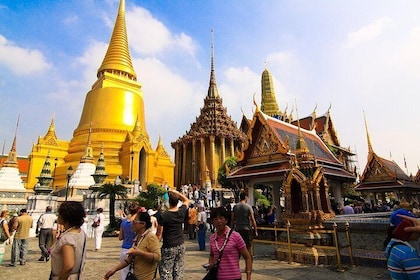
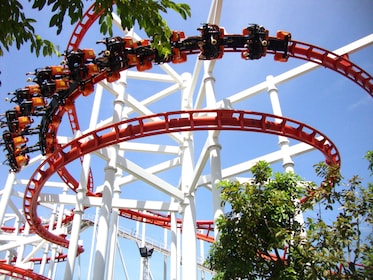

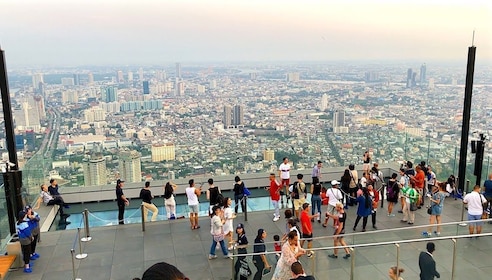

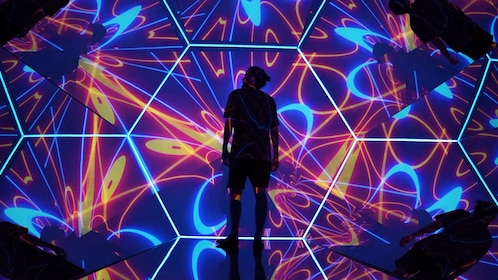



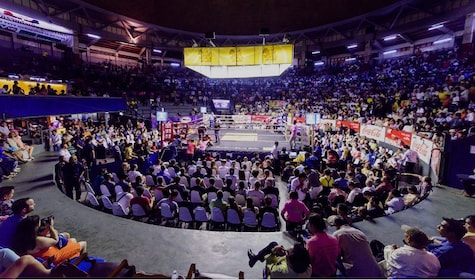
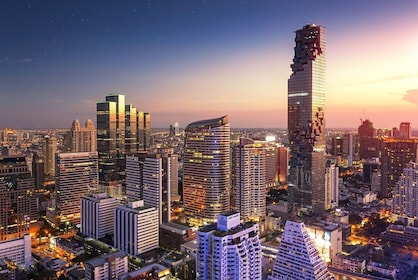



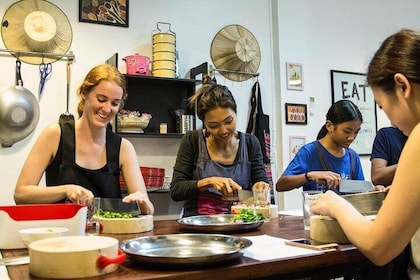





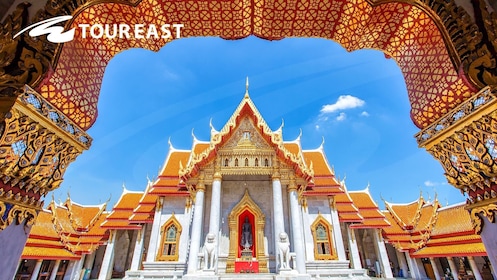





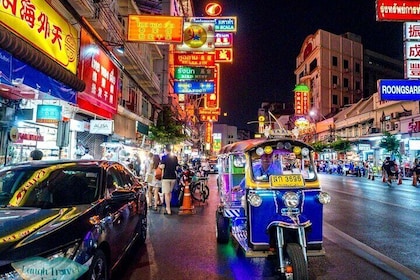


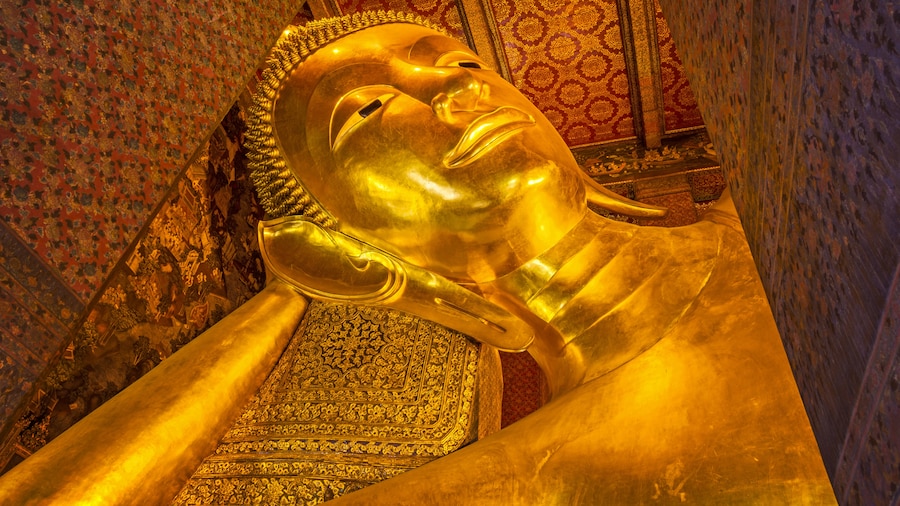
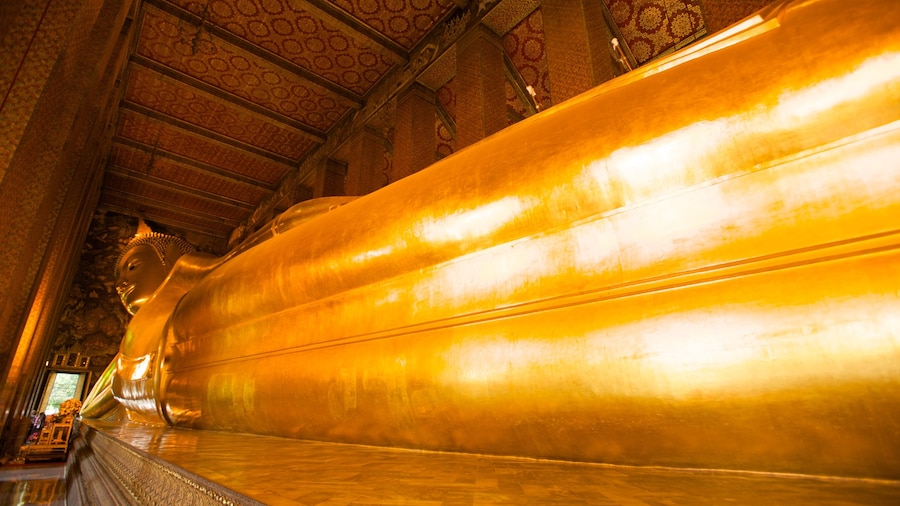
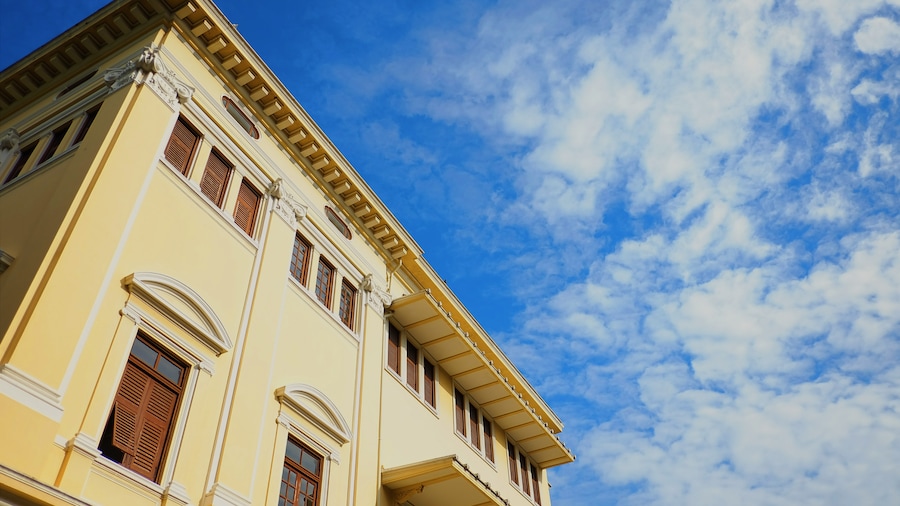


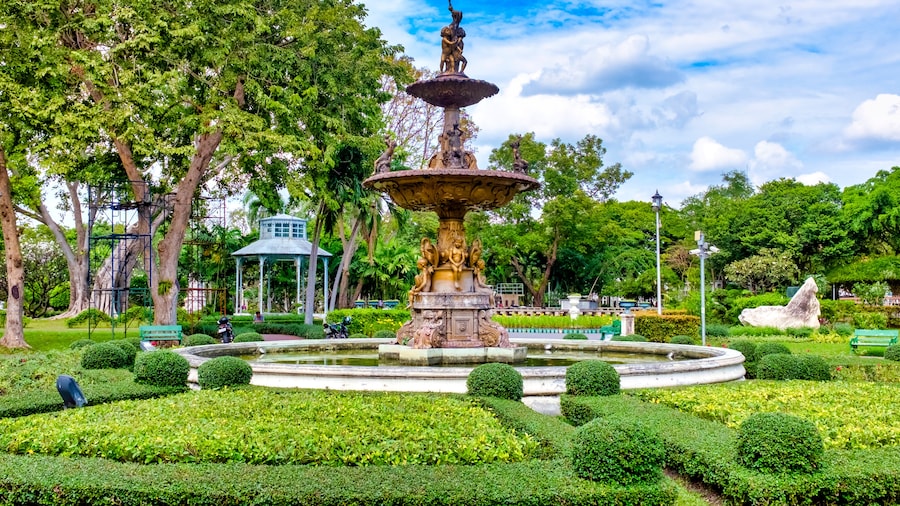



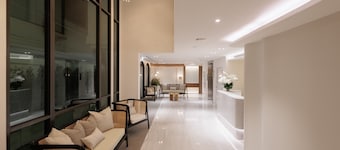





 Calendar Month
Calendar Month Temperature
Temperature Precipitation
Precipitation Cloudiness
Cloudiness Occupancy
Occupancy Pricing
Pricing